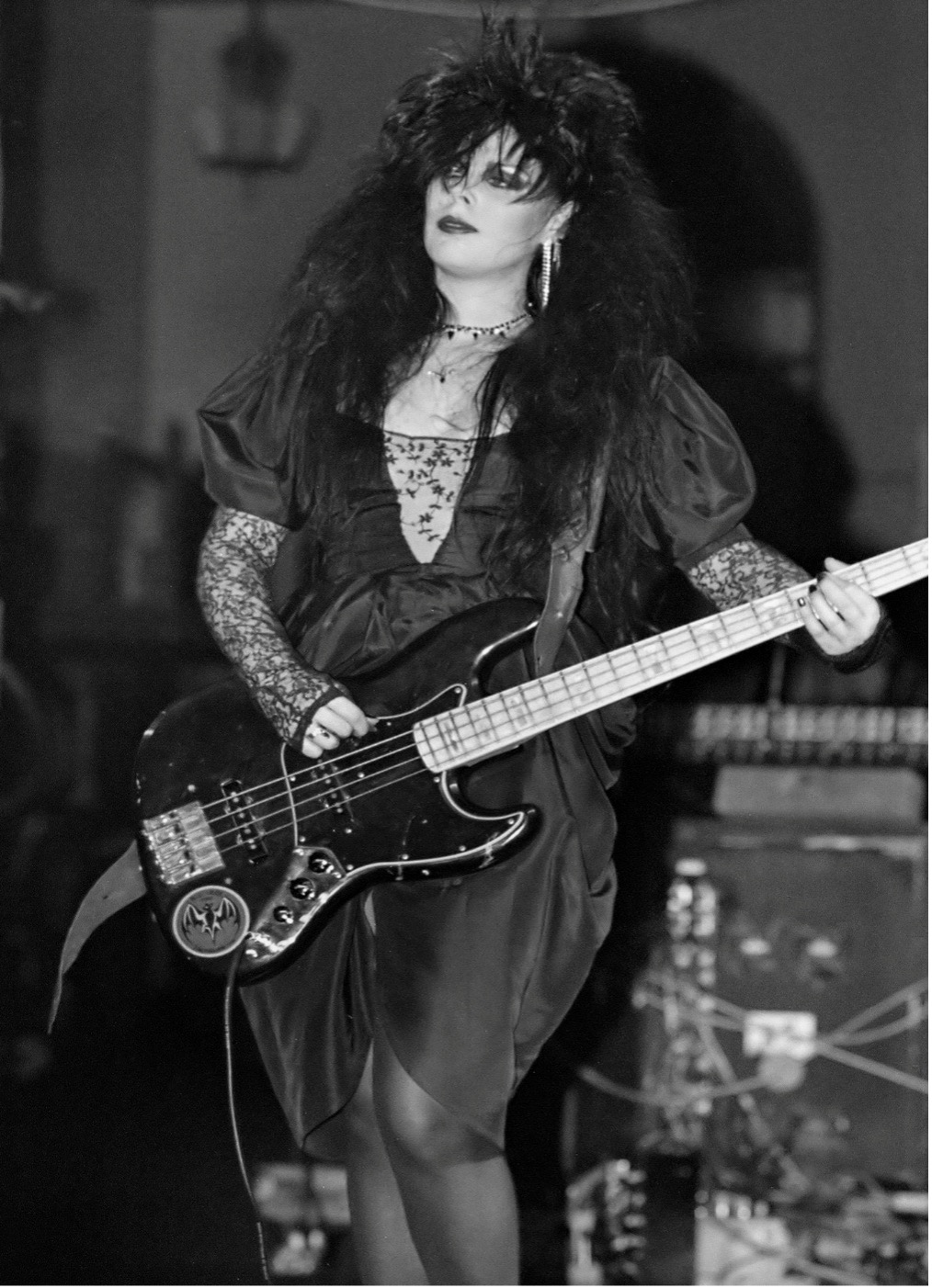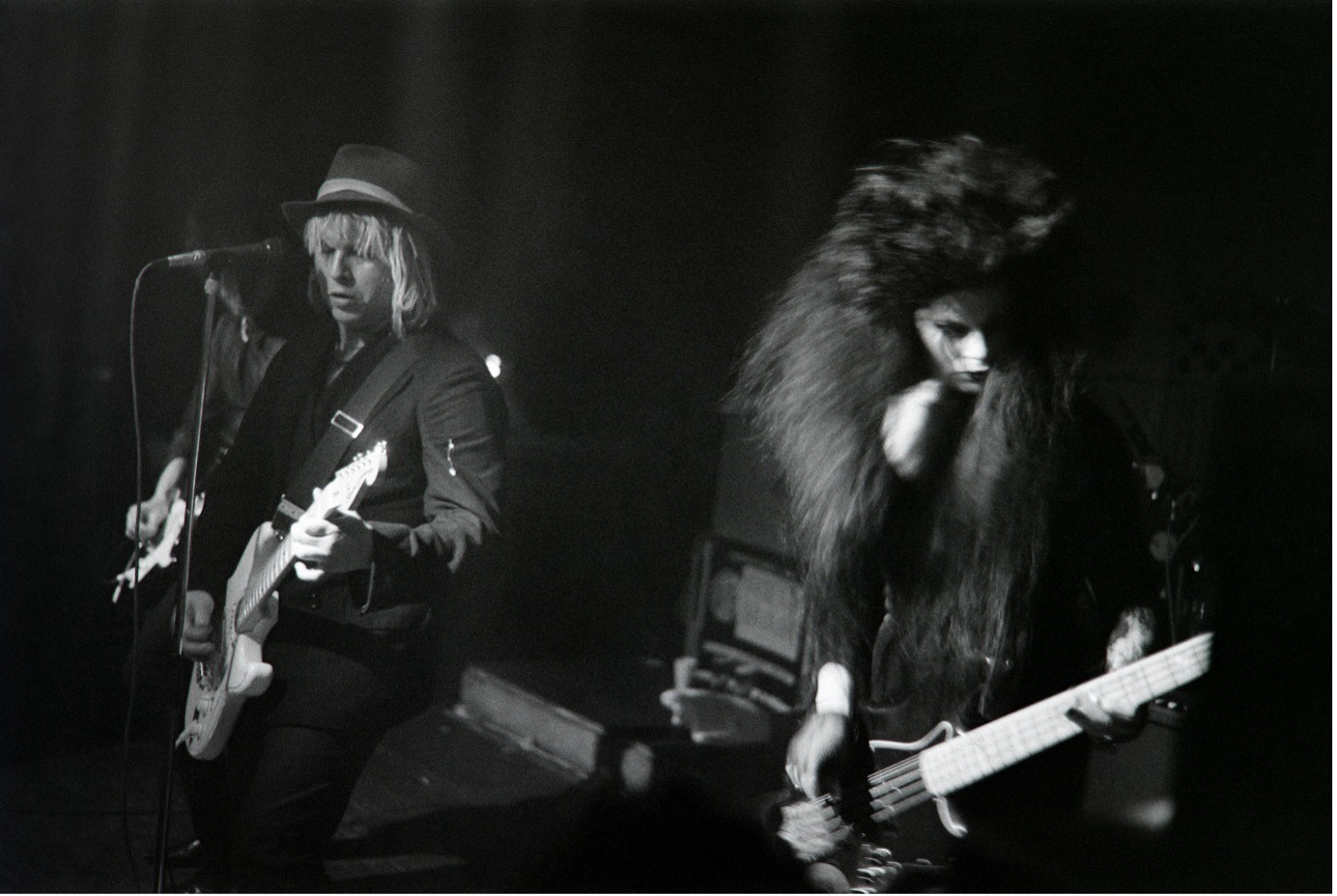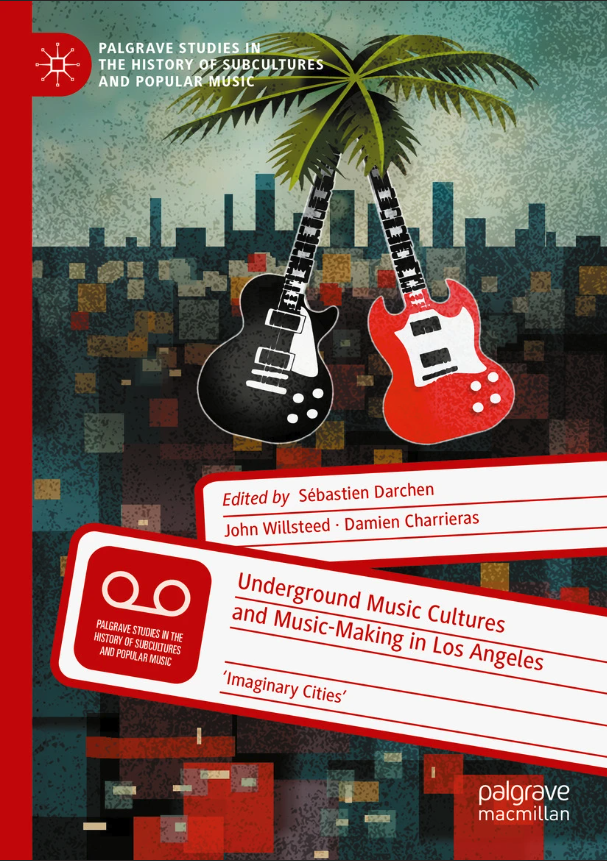When architects or urban planners reimagine a city, the creative transformation is guided by discipline-specific rules, frameworks and stakeholder expectations. But what about the urban reimaginings born from underground music cultures?
When songwriters reimagine a city in their lyrics and beats, these rules don’t apply. Instead, they create an “imaginary city” shaped by their desires and experiences of the physical urban setting. This is sometimes in stark opposition to the polished image presented by city authorities – giving rise to alternative ways of seeing the urban landscape.
This provocative concept is examined in a new book, Underground Music Cultures and Music-Making in Los Angeles: Imaginary Cities, co-edited by The University of Queensland’s Dr Sébastien Darchen with Dr John Willsteed (academic and Brisbane-based musician) and Dr Damien Charrieras. The book investigates the interaction between place and sound, exploring lyrics, musicians and culture of the underground music scene in Los Angeles. It also includes interviews with big names such as punk and goth icon Patricia Morrison.

Dr Darchen, Director of Higher Degree by Research and Senior Lecturer in the School of Architecture, Design and Planning, argues that urban environments – whether in LA or Brisbane – intimately shape the sounds and stories of the bands that emerge from them.
“When I interviewed the drummer from post-punk band The Gun Club, Terry Graham, he explained that the car-oriented urbanism in Los Angeles creates a sense of isolation, and this translated into the band’s songs,” Dr Darchen said.
Dr Darchen’s chapter on The Gun Club unpacks the band’s complex relationship with its hometown of LA – a city portrayed in their songs as a place of loneliness, transitory spaces, social fragmentation and a shattered “American Dream.”
“The isolation in Los Angeles is even more pronounced than any other cities. There is so much light pollution here. You can’t even see the stars. You are captured in a place where, even though you’re surrounded by millions of people and millions of cars, you feel more alone than ever. You don’t have this in New York or other big cities in the world where there’s a lot of human contact."
(Terry Graham, drummer for The Bags and The Gun Club – excerpt from interview in Underground Music Cultures and Music-Making in Los Angeles: Imaginary Cities).

Other chapters in the book dive into the 1960s psychedelic scene, intersections in the real and hyperreal city in music videos, imaginary soundscapes in video games, and the value of city representations for urban theory (among other themes).
The research contributes to the emerging field of “musical urbanism,” a term coined by urban sociologist Dr Leonard Nevarez, who also contributes a chapter. Scholarship interest in the intersection of music and urban life is growing as cities worldwide implement music policies to support local scenes, but Dr Darchen said the book is particularly innovative in its focus on the representation of cities in songs.
In terms of lyrics, the hip-hop genre most consistently engages with the city as both setting and subject. Hip-hop group N.W.A made its Californian neighbourhood of Compton famous when the song “Straight Outta Compton” was released in 1989. Before then, “nobody knew about the place.”
“The song has put this suburb on the global map,” said Dr Darchen.
While punk bands also sing about the city, their songs are often about emotions, a theme that was explored by grunge bands like Nirvana or Pearl Jam later in the 1990s.
“These songs were almost only about a state of mind – often angst, despair and anger – with little reference to city environments,” said Dr Darchen.
Sometimes the city imagined by a music subculture is translated into the creation of a physical space, such as an underground music venue. In LA, The Masque was a punk rock club hidden below a cinema in Hollywood – the venue was a manifestation of the subculture’s vision, created for musicians and fans who felt alienated from the mainstream. It was a key part of the nascent punk scene in the 1970s.
The same happened in Brisbane in the late 1970s with The Curry Shop on George Street, which was transformed into a music venue and played a significant role in Brisbane’s independent music scene. Dr Darchen has carried out further research on this with Dr Willsteed, Dr Nicole Sully and Dr Andrew Wilson, with a book forthcoming.
“We studied how this venue functioned as a counter-cultural hub in late 1970s Brisbane, fostering experimental and innovative music – punk and post-punk – and creating distinctive spatial practices that challenged mainstream culture at the time,” Dr Darchen said.
Underground Music Cultures and Music-Making in Los Angeles: Imaginary Cities features contributions from international scholars, including Professor Leonard Nevarez (US), Associate Professor Steven Osuna (US), Mike D’Errico (US), Professor Michael W. Pesses (US), Associate Professor Sean Maher (Brisbane) and Professor Marek Jeziński (Poland). It also includes a chapter by LA-based photographer and documentary director Angela Boatwright on safety and gender in punk spaces.
Interviews range across the LA underground, featuring voices such as punk and goth icon Patricia Morrison, writer Chris Morris, punk zine creator Hudley Flipside, event organiser Jenn Bats, and LA urbanism expert Professor Roger Keil.




